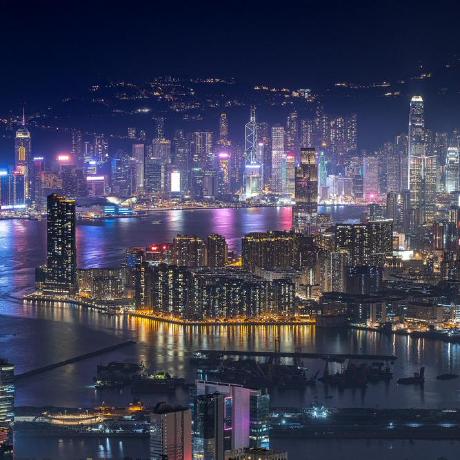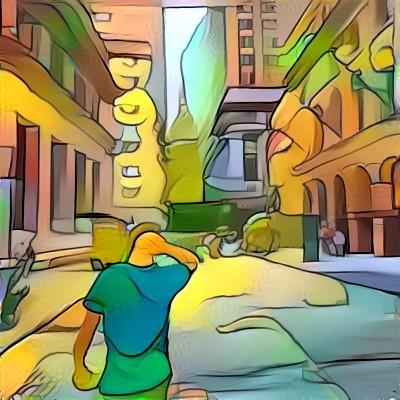Discover and explore top open-source AI tools and projects—updated daily.
MAGI-1 by  SandAI-org
SandAI-org
Video generation model using autoregressive chunk-wise denoising
Top 13.7% on SourcePulse
MAGI-1 is an autoregressive video generation model designed for high-fidelity, temporally consistent video synthesis, particularly for text-to-video and image-to-video tasks. It targets researchers and developers seeking controllable, scalable video generation with potential for real-time streaming, offering a promising alternative to existing closed-source solutions.
How It Works
MAGI-1 employs a Transformer-based VAE architecture with significant spatial and temporal compression. It generates videos autoregressively by predicting chunks of frames, denoising each chunk holistically. This chunk-wise approach allows for concurrent processing of multiple chunks, enhancing generation efficiency. The model is built on a Diffusion Transformer, incorporating innovations like Block-Causal Attention and QK-Norm for improved training stability and scale. A shortcut distillation algorithm enables variable inference budgets by enforcing self-consistency across different step sizes.
Quick Start & Requirements
- Docker:
docker pull sandai/magi:latestfollowed bydocker run -it --gpus all --privileged --shm-size=32g --name magi --net=host --ipc=host --ulimit memlock=-1 --ulimit stack=6710886 sandai/magi:latest /bin/bash - Source Code: Requires Python 3.10.12, PyTorch 2.4.0 with CUDA 12.4, ffmpeg 4.4, and the MagiAttention submodule.
- Hardware: 24B models require 8x H100/H800 GPUs. 4.5B models require 1x RTX 4090 (24GB VRAM).
- Links: Technical Report, MagiAttention
Highlighted Details
- Achieves state-of-the-art performance on image-to-video tasks, outperforming models like Kling and Sora in instruction following and motion quality.
- Demonstrates superior precision in predicting physical behavior on the Physics-IQ benchmark via video continuation.
- Supports controllable generation through chunk-wise prompting for smooth transitions and fine-grained text control.
- Offers distilled and quantized models for efficient inference, including an fp8 quantized version.
Maintenance & Community
The project is actively developed by SandAI-org, with recent updates in April 2025. Contact is available via GitHub issues or research@sand.ai.
Licensing & Compatibility
Licensed under the Apache License 2.0, permitting commercial use and integration with closed-source projects.
Limitations & Caveats
The 24B model has significant hardware requirements (8x H100/H800). While 4.5B models are more accessible, they still require substantial GPU memory (24GB). Some distilled and quantized models are listed as "Coming soon."
4 months ago
1 week

 nv-tlabs
nv-tlabs RehgLab
RehgLab G-U-N
G-U-N Vchitect
Vchitect rhymes-ai
rhymes-ai ChenHsing
ChenHsing InternLM
InternLM hao-ai-lab
hao-ai-lab showlab
showlab nateraw
nateraw genmoai
genmoai SkyworkAI
SkyworkAI